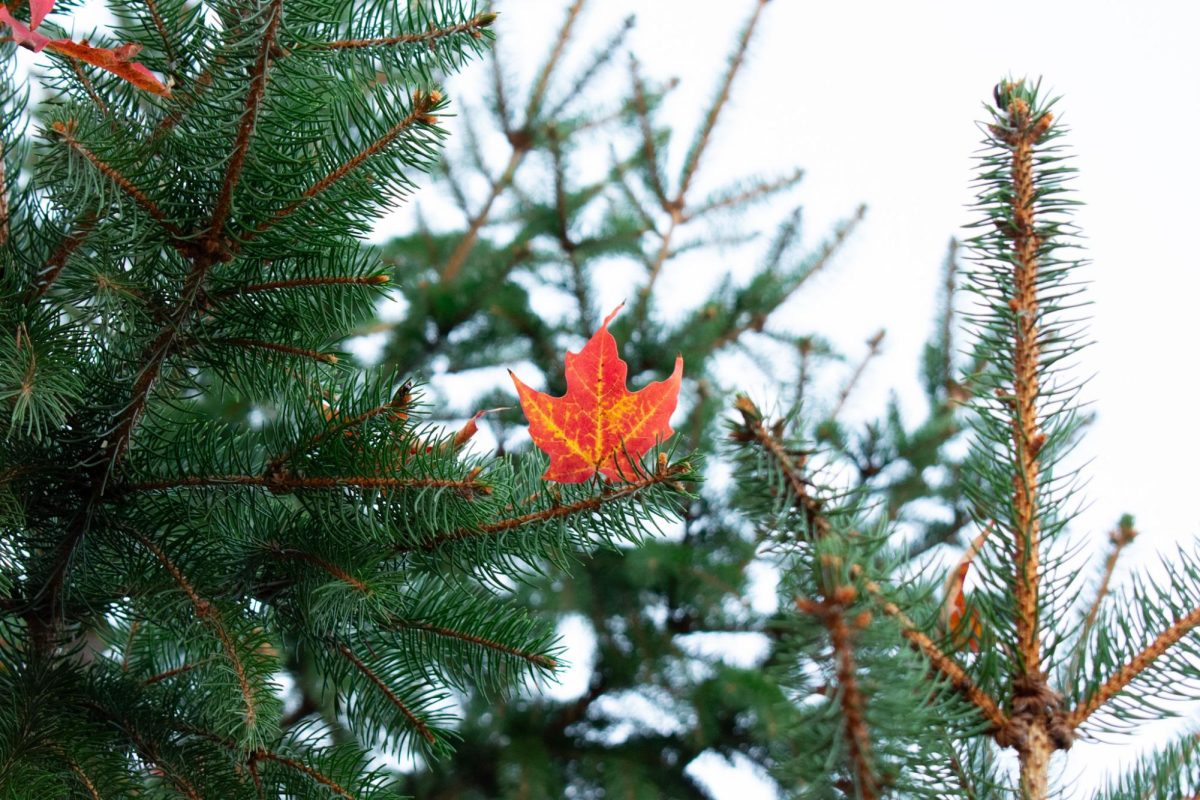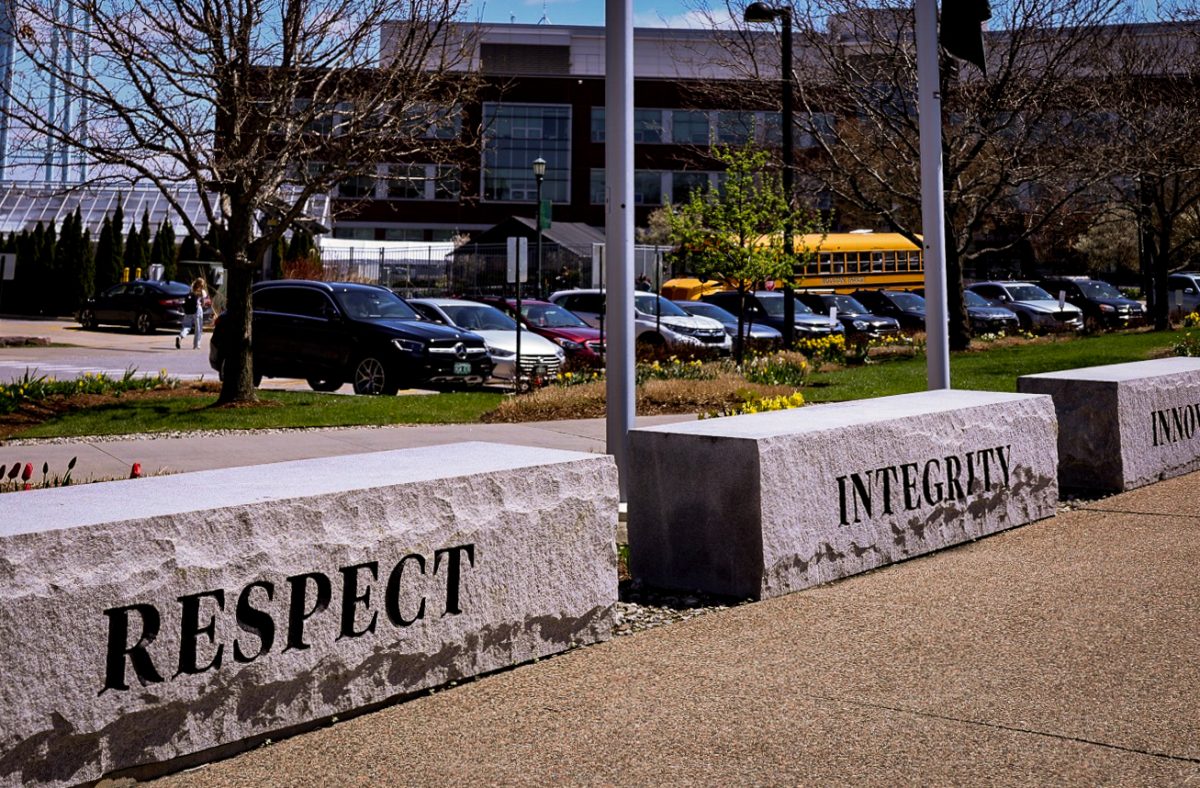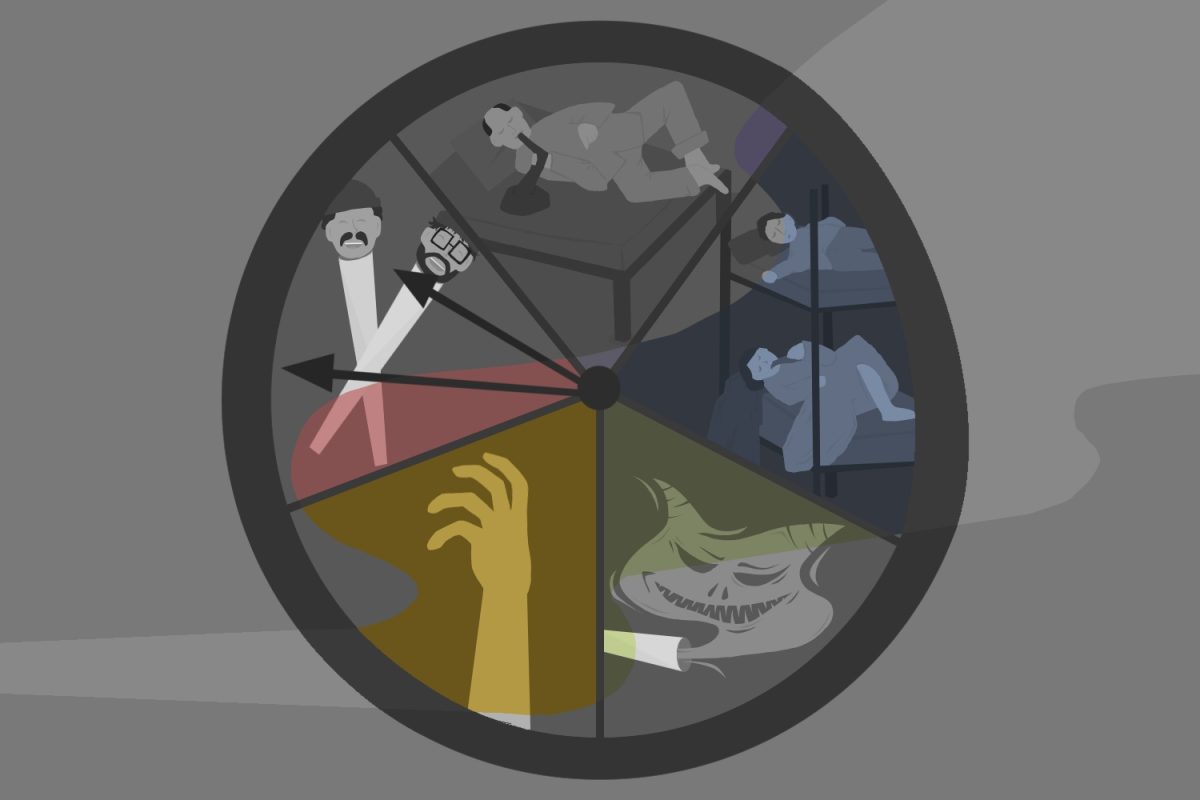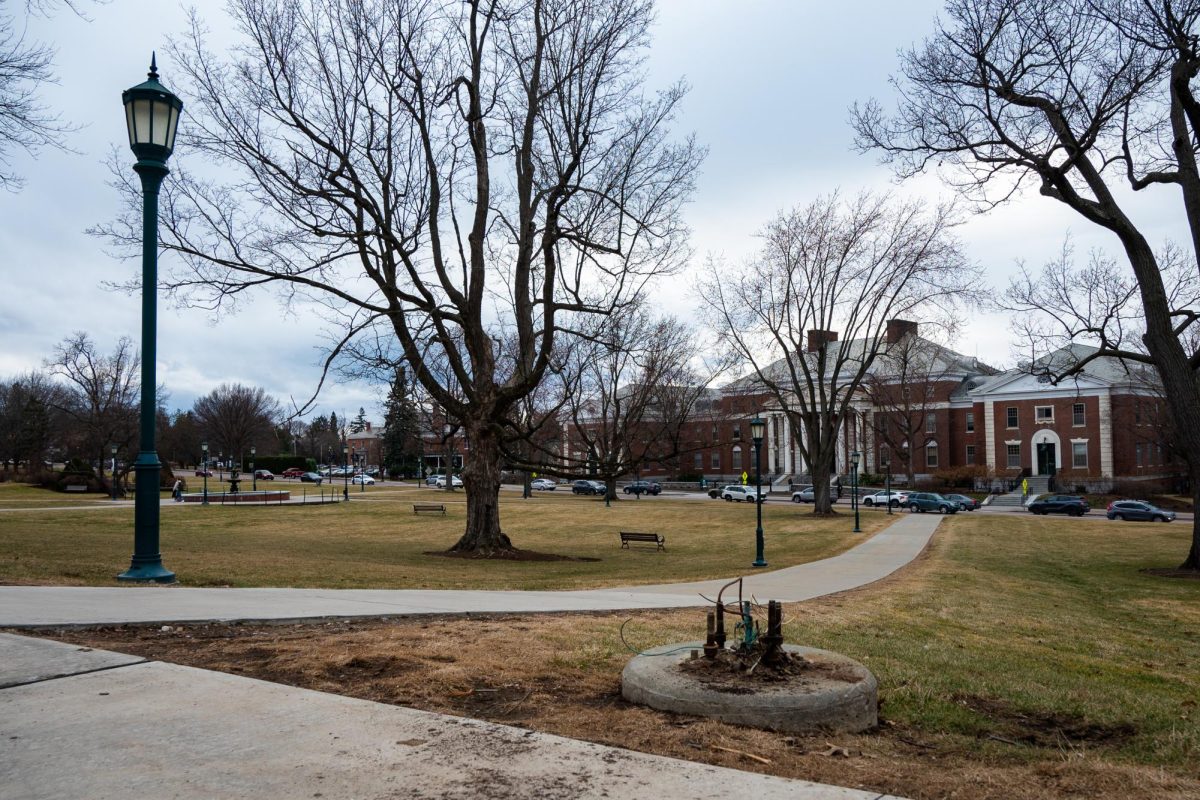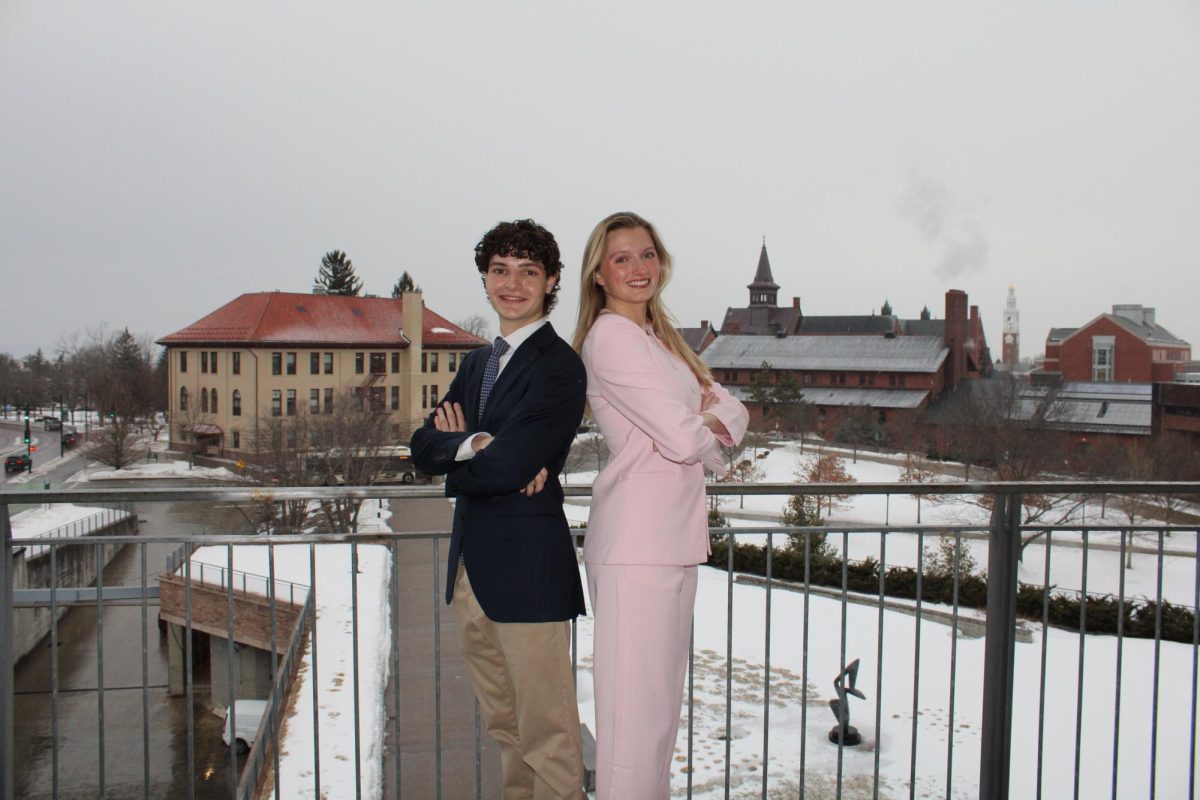The Vermont fall foliage is a special annual event to look forward to, said Stephen Keller, associate professor of plant biology.
The fall foliage, characterized internationally by the changing of colors and eventual discard of leaves, is reflected in a unique manner by Vermont’s diverse deciduous tree populations and is currently approaching—along with cooler weather—this autumn season, said Keller.
“What makes them, in part, so magnificent is just the variety of colors that these northern hardwood forests are capable of producing, from yellows and oranges of the aspens and ashes or sugar maples up to the really brilliant reds of the red maples,” Keller said. “So I think it’s just that palette of color, that’s what really attracts people and it just makes it such a beautiful place to be in the fall.”
Keller, whose research and expertise focus on natural environments, said that the Vermont fall foliage differs from that of other locations where one tree species may dominate the color range. Factors such as day length and weather also affect the color change, he said.
“In New England, as the days are getting shorter, that’s one of the triggers for the colors developing,” he said.
The weather and whether the trees are moist or suffering from drought can affect the initiation of aging, Keller said.
The foliage may also be impacted by climate change, he said. Aspects such as intense rain or periods of drought are viewed as causes that lead to less intense or earlier color change—especially in New England—where it is becoming wetter, he said.
Despite this, Keller said that the Vermont fall foliage, which biologically is caused by the breaking down of chlorophyll to reveal other hues like orange and yellow, is still a beautiful event to witness.
A hike up Camel’s Hump passing through different elevations is a great way to view the color change, he said. Elevation is a contributor to how quick the change occurs, so increasing elevation will expose you to a complete range of autumn colors.
With the effects of climate change becoming an increasingly important topic around the globe, there are also behaviors that people can practice to preserve this special seasonal event, help benefit the health of forests and increase their resilience even outside of Vermont, Keller said.
“Behavior [and] choices about where you’re getting your energy, right, and how much carbon you’re using, through fossil fuels and activities like that, all of those things have an impact,” Keller said. “Everybody doing their part there can make a big difference.”
Hiking in Underhill State Park or to the summit of Mount Mansfield are some of Keller’s personal favorite activities during the fall season. Observing the gradient of deciduous maples and yellow birch, to the evergreens of higher elevation is beautiful, he said.
Despite their battle with a late cold freeze, apple orchards are still a great place to be during the fall foliage to experience something that Vermont is known for, and enjoy on the horizons the fall foliage creeping up the rolling mountains, Keller said.
“See some foliage out there and experience the sort of iconic Vermont, you know, apple cider donuts and all the good apple stuff,” he said. “I think that’s another great way to get out and experience the foliage and support the state.”


